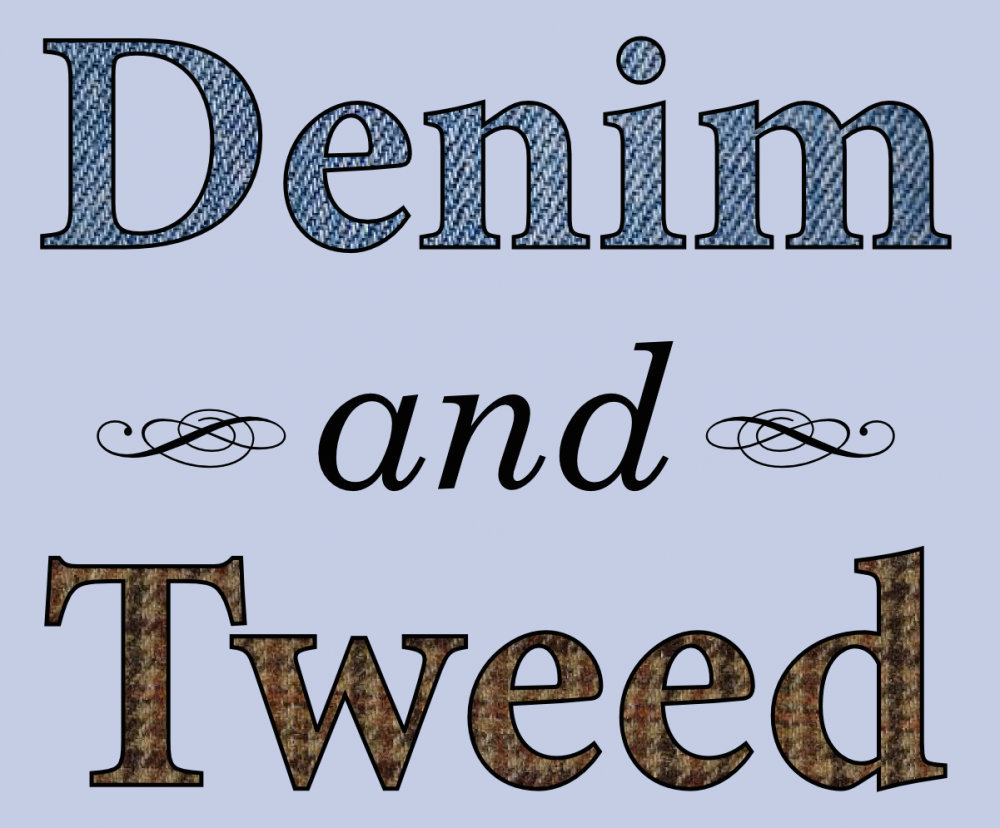Scientists love it when the real world validates our more theoretical predictions. It helps, of course, if those predictions are rooted in the real world to begin with. This is more or less what happened in my own research, with results reported in two just-published scientific papers. In the first, which I discussed last week, my coauthor and I showed that some kinds of species interactions can reduce the diversity of the interacting species [PDF]. Today, I’m turning to the second, in which my coauthors and I found exactly this predicted pattern in one such species interaction, the pollination mutualism between Joshua tree and yucca moths.
The new paper, published this month in the Journal of Evolutionary Biology, examines the phenotypic variation of two forms of Joshua tree and the two different moth species that pollinate it. The data show that although the Joshua trees pollinated by different moths are very different from each other, those pollinated by the same moth species are extremely similar [PDF].

Two forms of Joshua tree pollinated by different moth species, seen here side by side, don’t vary much among themselves. (Flickr: jby)
This is a nice confirmation of the theory paper because it strongly suggests that coevolution between mutualists like Joshua tree and its pollinators works the way the theoretical model assumes it does, with natural selection favoring individuals who best match their partners in the other species.








